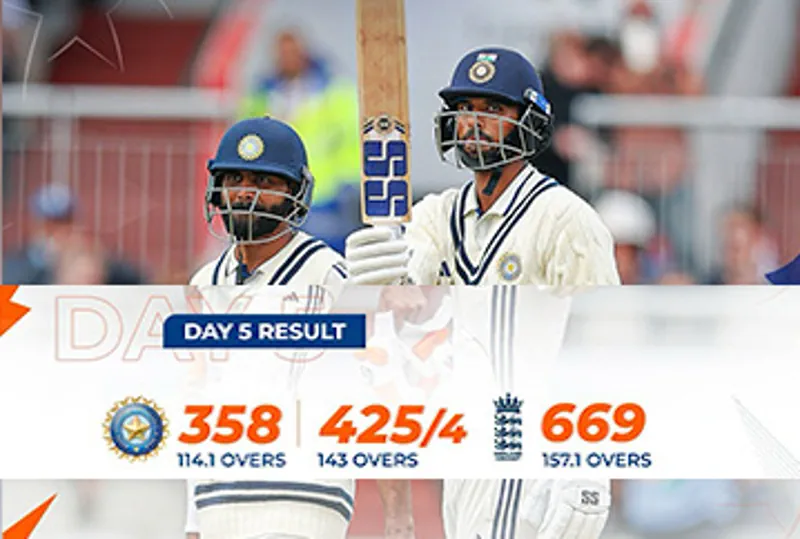
Cricket fans like to watch matches, where the quality of the teams and the skills of the players are the predominant factors that determine the outcome of any given game.
But the truth is that it is hardly ever the case where the result of a match and the performance of teams are exclusively depending on the abilities, competencies and playing techniques of the athletes themselves. Cricket is one of those amazing sports, where there is very high unpredictability simply because there are so many different factors that influence how a game plays out.
This is the challenging part for punters, who try to make more accurate predictions when they place their wagers on cricket betting sites. They want to be as close as possible to the final outcome of a cricket match, by anticipating the various sources of influence and the degree to which the different factors will eventually affect the cricket players, the entire teams and unavoidably the overall match!
Let’s see the three basic factors that can determine a cricket match, especially in One-Day Internationals (ODIs), where the role of each factor becomes more straightforward and obvious.
1. The weather
The weather in fact constitutes a group of factors and not a sole factor. The weather conditions influence the surface – hence the way that the game plays because it can give greater advantage to bowlers or batsmen etc.
The weather also influences the players’ style and performance. Think that high levels of humidity, for example, may increase the fatigue of the athletes especially if they have little tolerance to humid conditions. You may want to consider this when you want to reduce the risks in your betting choices.
The weather can also moderate other factors, which might eventually influence the match in unexpected ways. This has been evidenced only recently, when a swarm of bees got into the field in a cricket festival in Ireland, resulting in a suspension of the game. When the field was cleared out, the dynamics of the match had possibly changed and no one can tell whether the final outcome would be the same without the bee invasion! These are the results of climate change….
2. The home field advantage
Although the home field advantage tends to diminish as new, fresh cricket players are more enthused in traveling and being on the road for their competitive games, there is still a long way until we can say that it does not exist.
When teams are playing at home they get to have benefits, which turn out to have a potential strong impact on their performance.
Being close to their homes and free from any travel fatigue or discomfort, playing in front of a supporting audience and possibly in front of thrilled fans who will strongly cheer for them or even simply feeling the confidence of a well-known place are all very important in giving players the required boost to start their game.
3. The continent
For the die-hard fans of cricket, the role of the continent where a match takes place is known to be a crucial one. But this is not explicit to everyone.
In fact, the “where” of a cricket match plays such a critical role, that there is a statistical significance in the difference between performances in the various continents.
England and Bangladesh, for example, tend to underperform in the Indian subcontinent, while they tend to thrive in Zimbabwe. This has to do with two things: the style and the type of the field.
Each continent (and sometimes each country) has its own turf and its own type of pitch, which means that each venue has different requirements and requires players to exhibit different skills and abilities.
In some places, due to the pitch type, teams develop skills that are adjusted to the features and characteristics of the specific field and they find it harder to perform as excellent as they would have done on what they know best.
Or given that they are not really trained in other pitches, they have low familiarity with the specificities and technicalities of each field. So, the continent -which determines the pitch and the style – is a significant factor influencing how a cricket match ends.
Also Read:
- IND vs ENG: Jadeja, Sundar, Gill Hundreds Help India Earn Dramatic Draw Against England in 4th Test
- “If There Are No Bilateral Matches, Why Play in Multination Events?”: Azharuddin on India-Pakistan Asia Cup Clash
- Men’s Asia Cup 2025 To Be Held In UAE; ACC
- Ben Stokes Creates History With 11,000 International Runs And Rare 7,000 Runs-200 Wickets Test Feat




